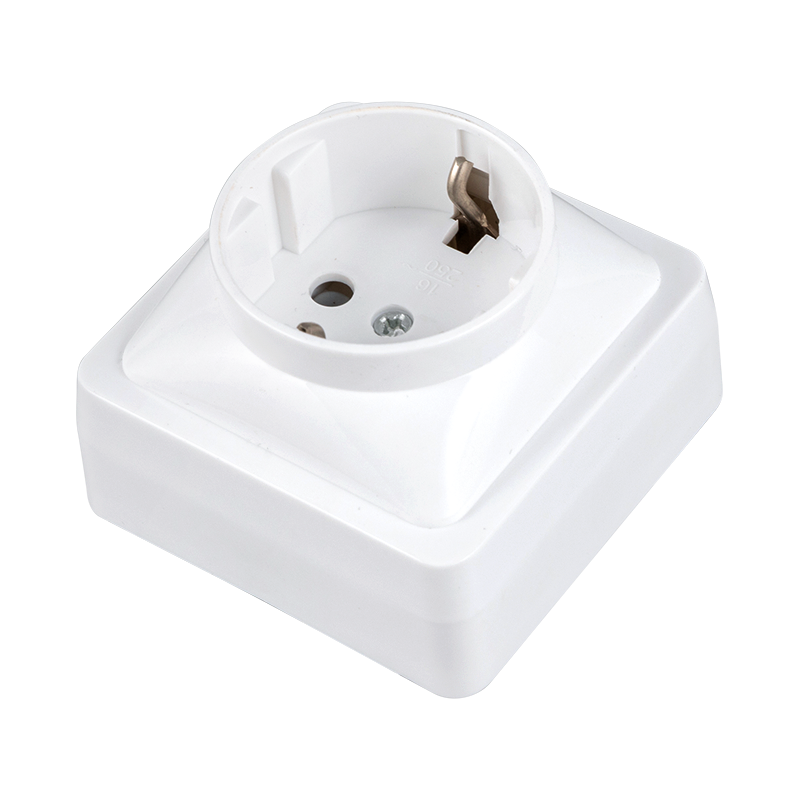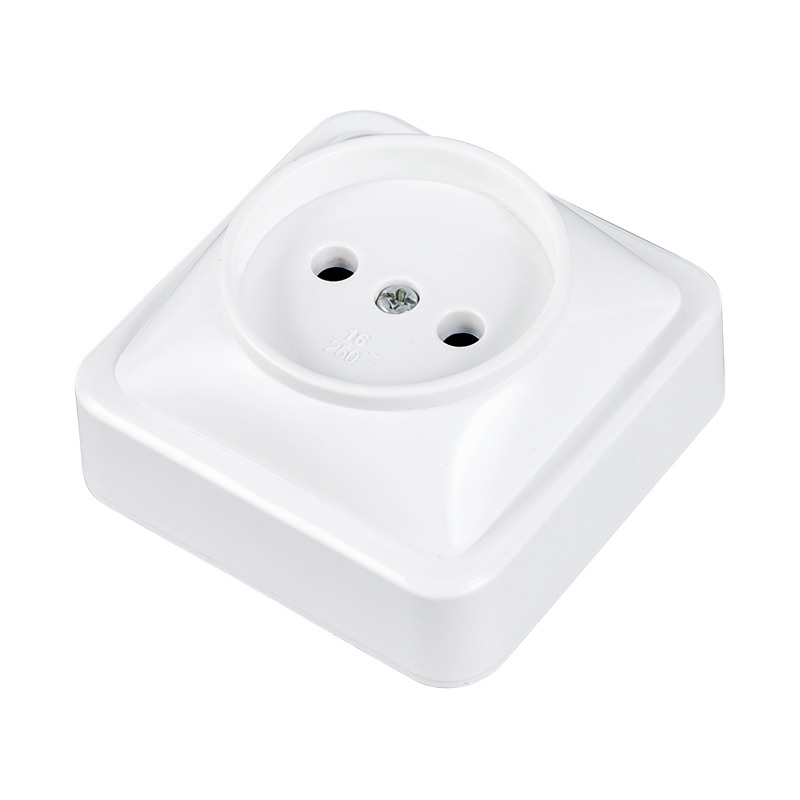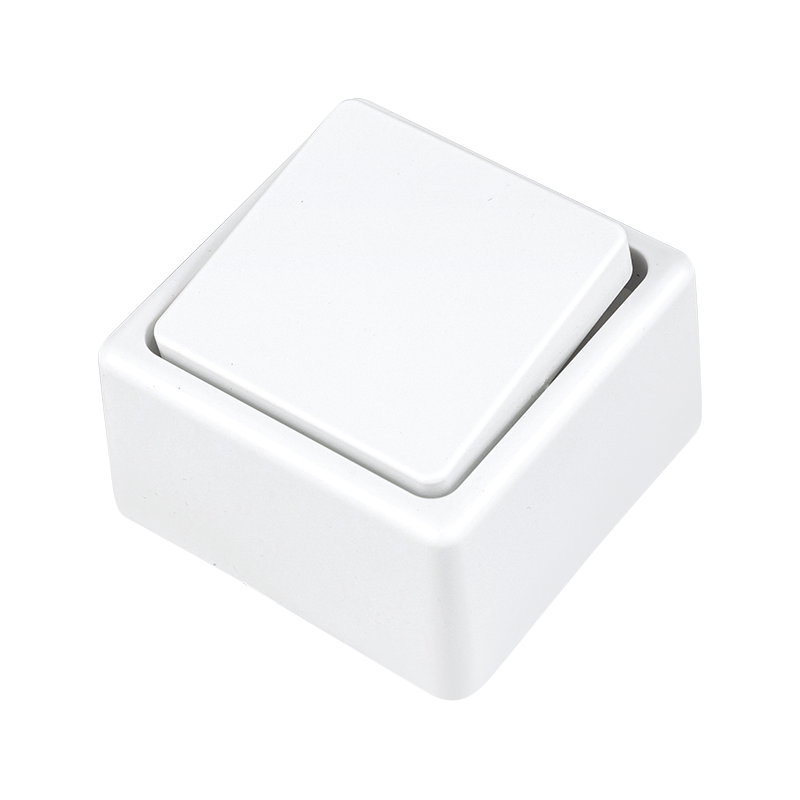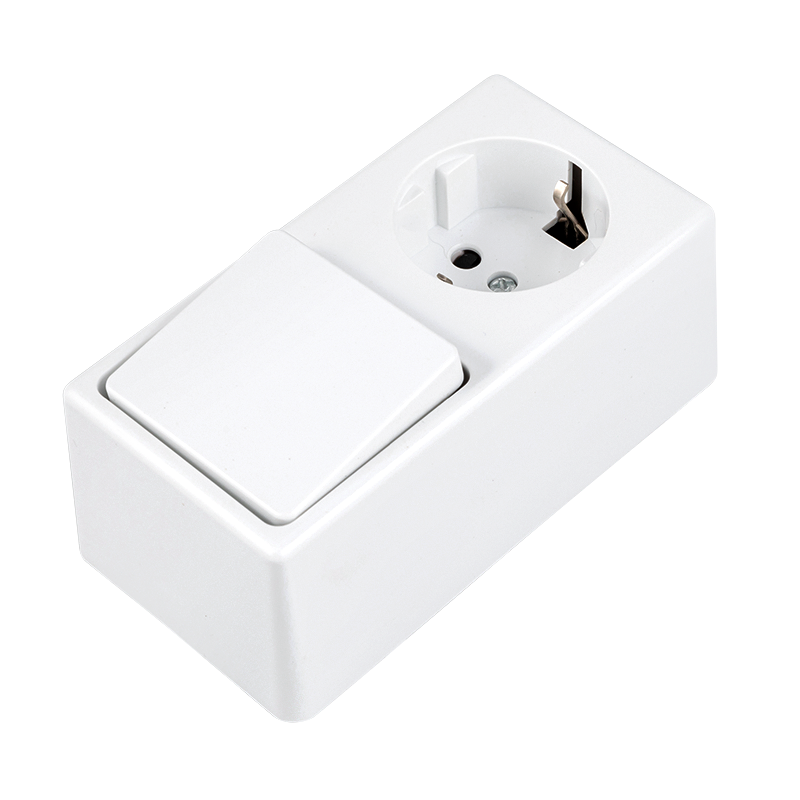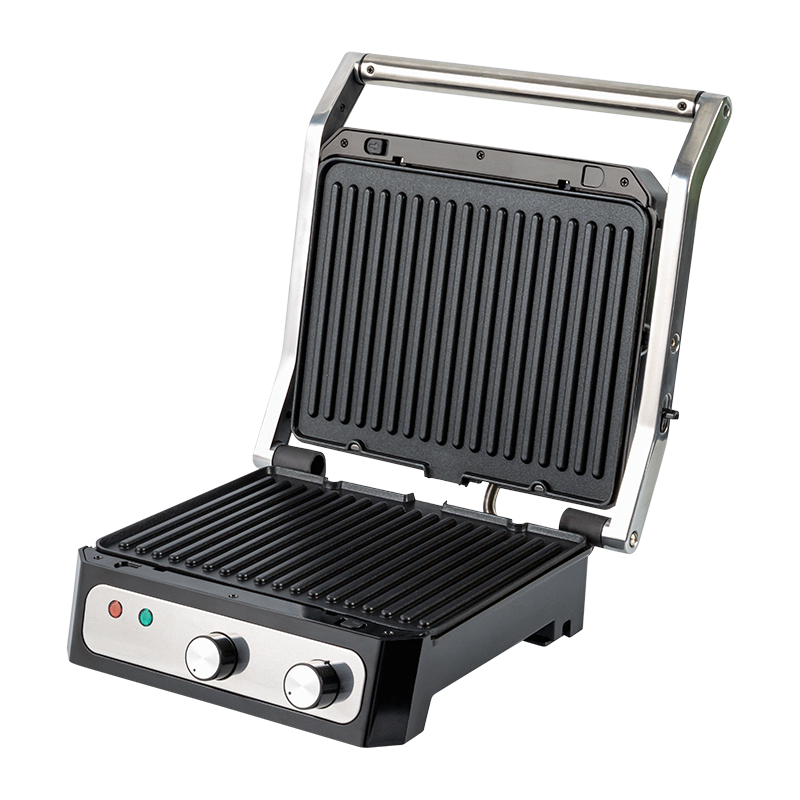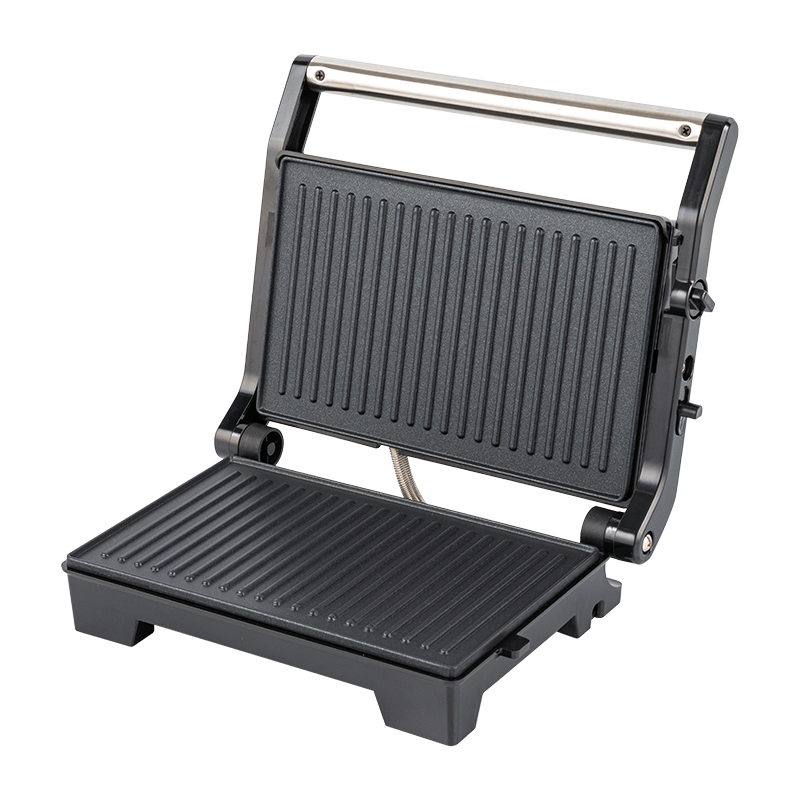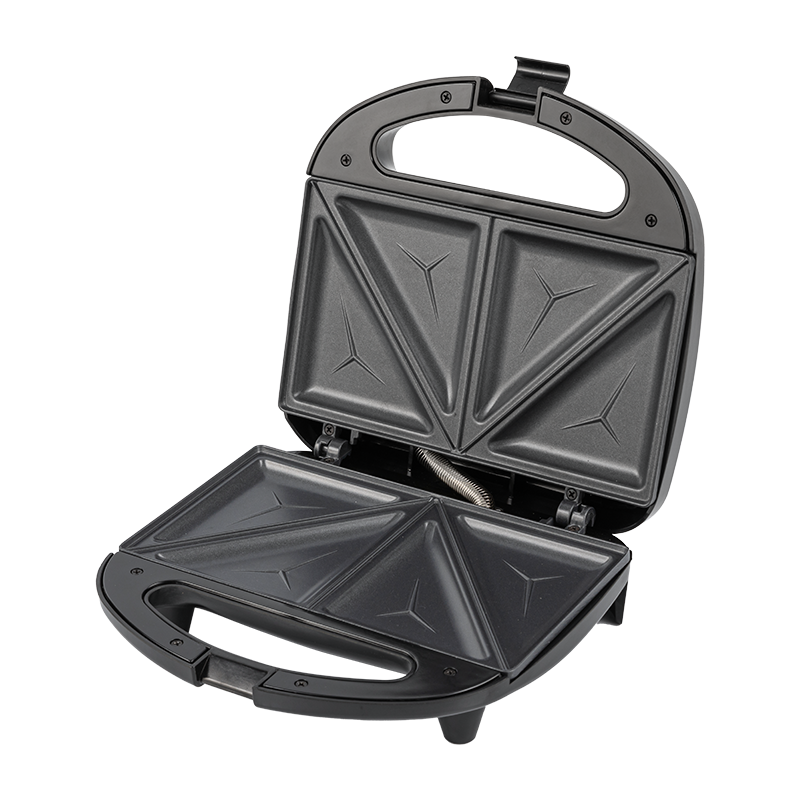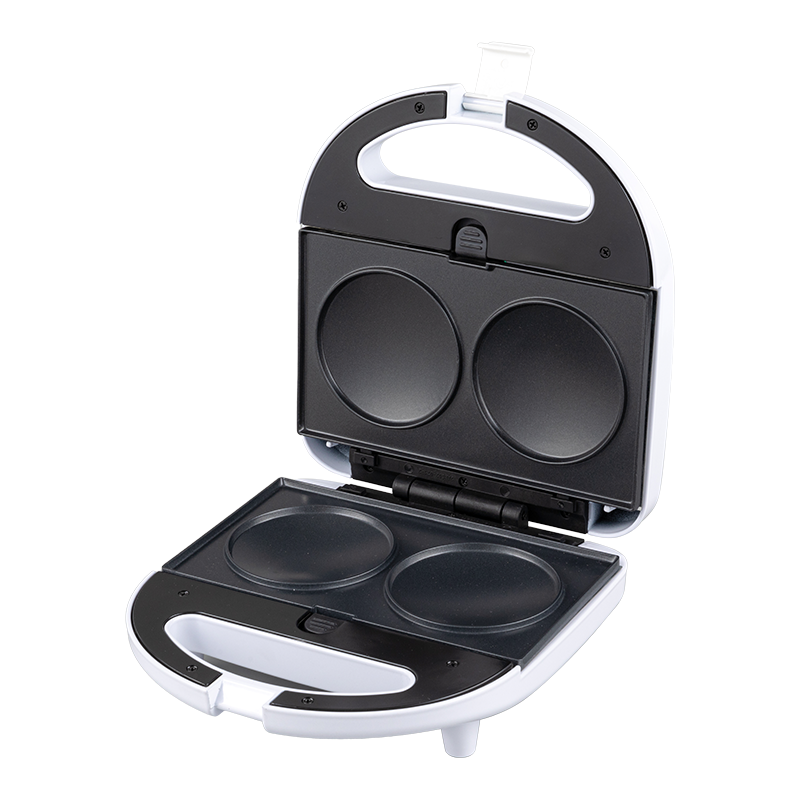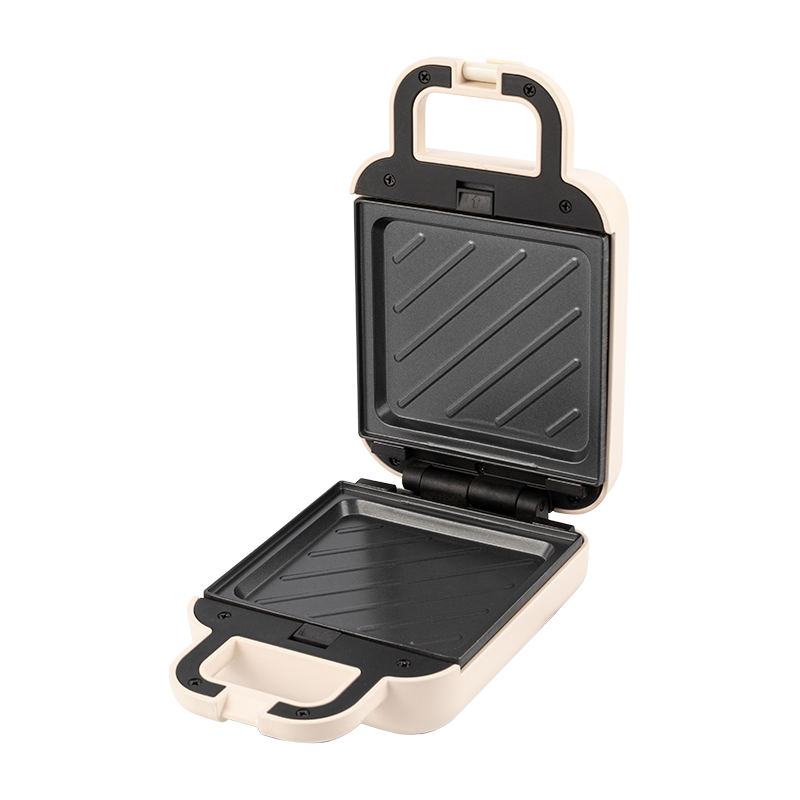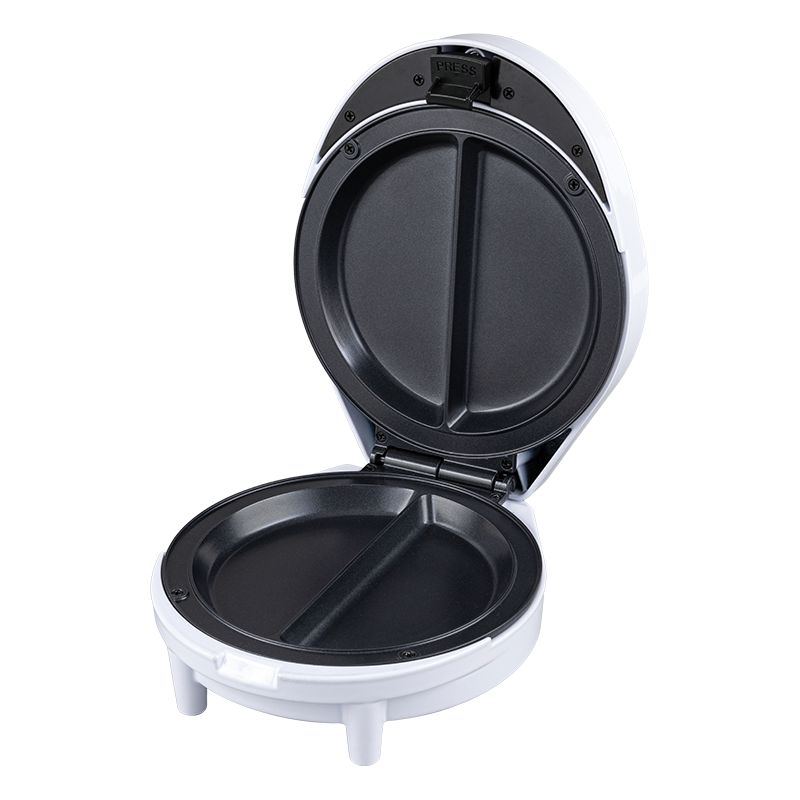Equipment Type: Roasts are prepared on a variety of grills, including electric, gas, charcoal, and rotisserie grills, among others. Each type has unique benefits and situations in which it can be used.
The components of a rotisserie are often an oven or grill, heating devices (such as burners or heating wires), temperature controls, a grill, and a smoke extraction system. To ensure that the food is cooked properly, certain high-end rotisserie machines could also have a revolving spit or an automatic flip feature.
Cooking effect: The roaster's high temperature and direct heat source enable the food to quickly reach the ideal level of doneness. They keep the meat juicy and textured while adding char and grill marks to the food's surface.
Application areas: The barbeque machine is frequently used in the hotel and catering industries as well as for outdoor and indoor family barbecues. Various meat items, including beef, hog, chicken, seafood, and vegetables, are cooked using them.
Control of temperature and time: Most roasters have a temperature and time control feature that allows users to modify the roasting temperature and duration to suit various ingredients and cooking needs. By doing this, you can make sure that the food is prepared at the right temperature and with the texture and flavor you want.
Cleaning and Maintenance: It's important to regularly clean and maintain your rotisserie to keep it operating efficiently and hygienically. When buying a rotisserie, you should take into account a number of things, including how easy the equipment is to clean, replaceable parts, and cleaning instructions.
Safety: One of the industry's main concerns is the safety of the barbeque appliance. To ensure user safety while using the device, it should have all necessary safety features, such as anti-scald handles, non-slip bases, and overheating prevention.


 简体中文
简体中文 English
English Español
Español